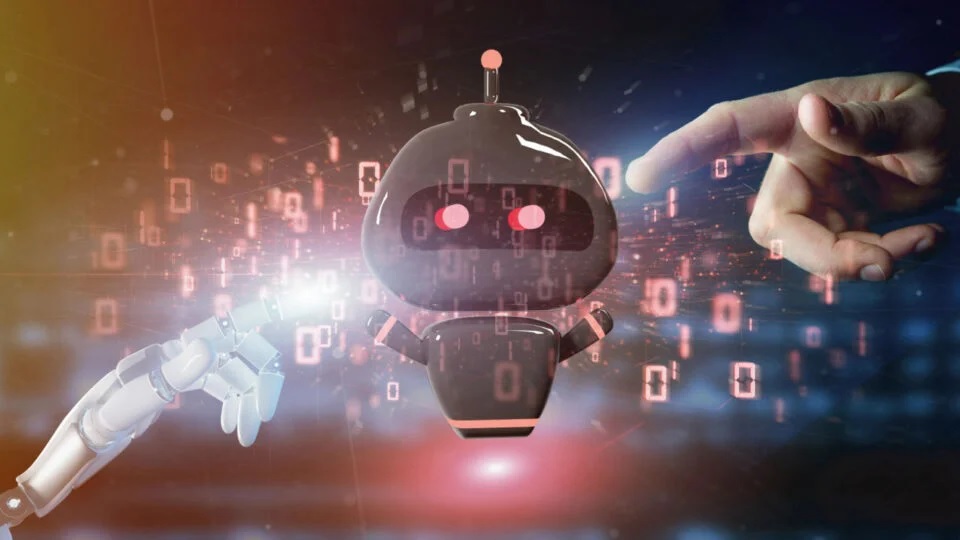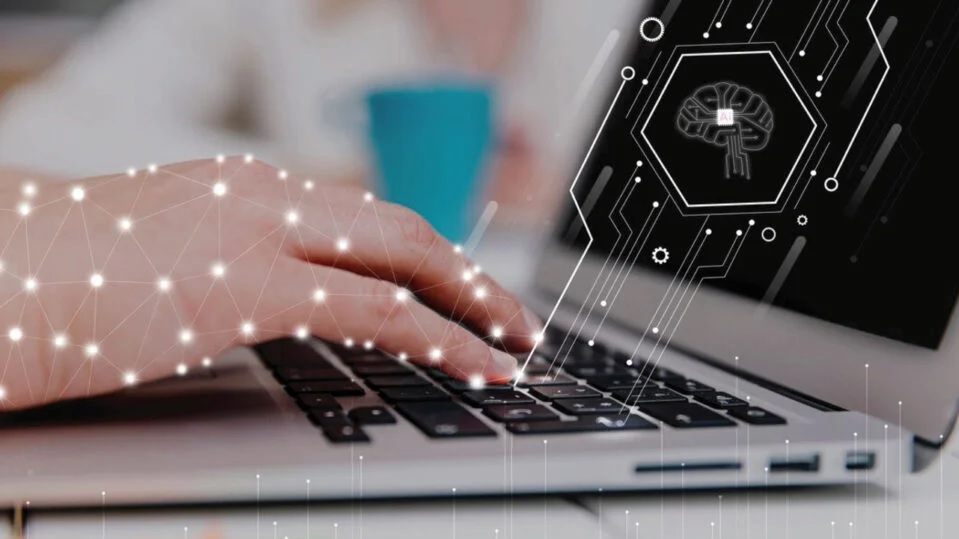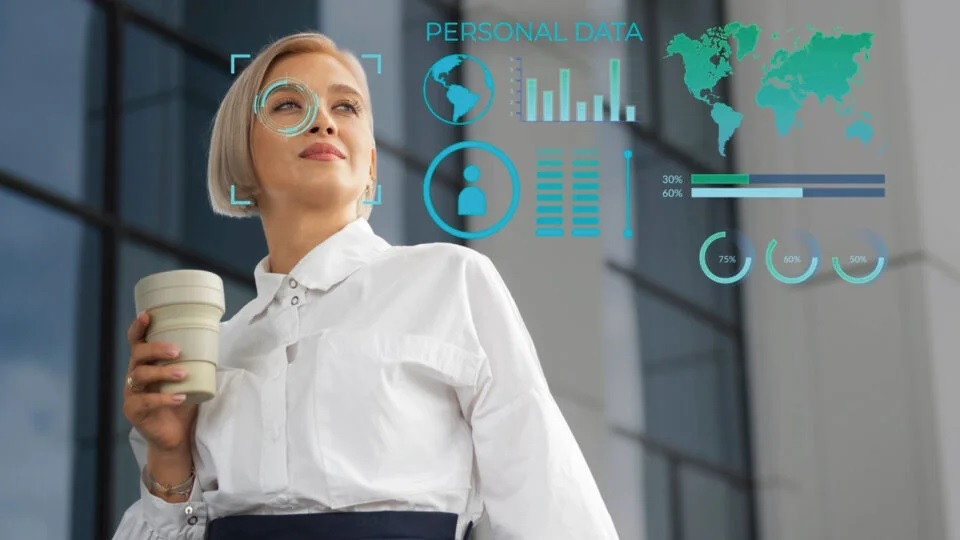Piers, congratulations on your appointment as the new CEO of The ai Corporation. Can you share your vision for leading the organization into the fuel and mobility payments sector?
Our vision at The ai Corporation (ai) is to revolutionise the retail fuel and mobility sector with secure, efficient, and seamless payment solutions while leading the charge against transaction fraud. ai delivers unparalleled payment convenience and security to fuel retailers and mobility service providers, enhancing the customer journey and safeguarding financial transactions.
In an era where mobility is a fundamental aspect of life, we strive to safeguard each transaction against fraud, giving our customers the freedom to move forward confidently. We achieve that by blending innovative technology and strategic partnerships and relentlessly focusing on customer experience:
Seamless Integration: We’ve developed an advanced payment system tailored for the fuel and mobility sector. By embracing technologies like EMV and RFID, we ensure contactless, swift, and smooth transactions that meet our customers’ needs. Our systems are designed to be intuitive, providing easy adoption and enhancing the customer journey at every touchpoint.
Unmatched Security: Our robust fraud detection framework is powered by cutting-edge AI, meticulously analysing transaction patterns to identify and combat fraud pre-emptively. We’re committed to providing retailers with the knowledge and tools to protect themselves and their customers, fostering an environment where security and vigilance are paramount.
With the increasing demand for sustainable fuels and EV charging, how do you plan to address potential fraud and fraudulent data collection methods in unmanned EV charging stations?
The emergence of new and the continued growth of existing sustainable fuels means our experts are constantly identifying potential risks and methods of exploitation proactively. The increase in unmanned sites is particularly challenging as we observe a steady rise in fraudulent activity that is not identifiable within payment data, such as false QR code fraud. In these circumstances, our close relationships with our fuel retail customers enable us to utilise additional data to identify at-risk areas and potential points of compromise to assist in the early mitigation of fraudulent activity.
Mobile wallets are on the rise in fleet management. How do you navigate the balance between convenience for users and the potential risks of fraud and exploitation associated with these payment methods?
When introducing any new payment instruments, it is critical to balance the convenience of the new service with the potential risk it presents. As with all fraud prevention strategies, a close relationship with our customers is vital in underpinning a robust fraud strategy that mitigates exposures, while retaining the benefits and convenience mobile wallets offer. Understanding the key advantages a fleet management application brings to the end user is vital for understanding potential exposure and subsequent exploitation. That information enables us to utilise one or multiple fraud detection methods at our disposal to mitigate potentially fraudulent activity whilst balancing convenience and flexibility.
To Know More, Read Full Interview @ https://ai-techpark.com/revolutionizing-fuel-mobility-payments/
Related Articles -
Top Five Software Engineering Certification
Trending Category - Clinical Intelligence/Clinical Efficiency








